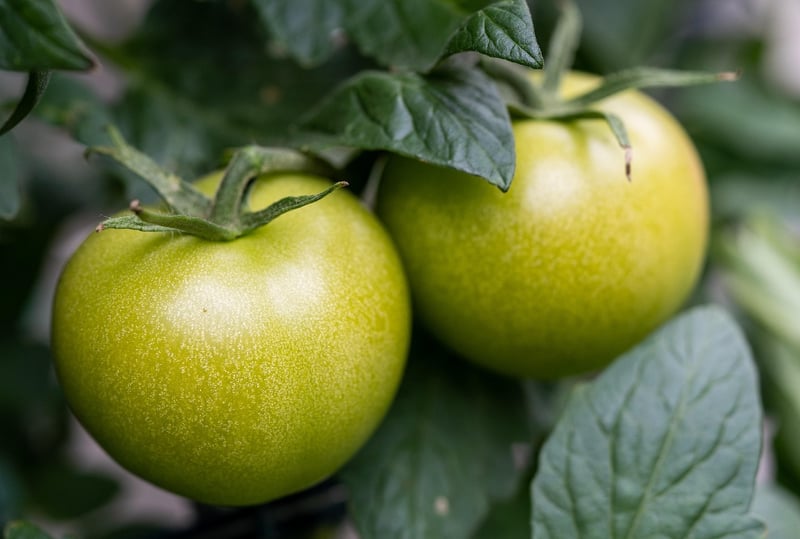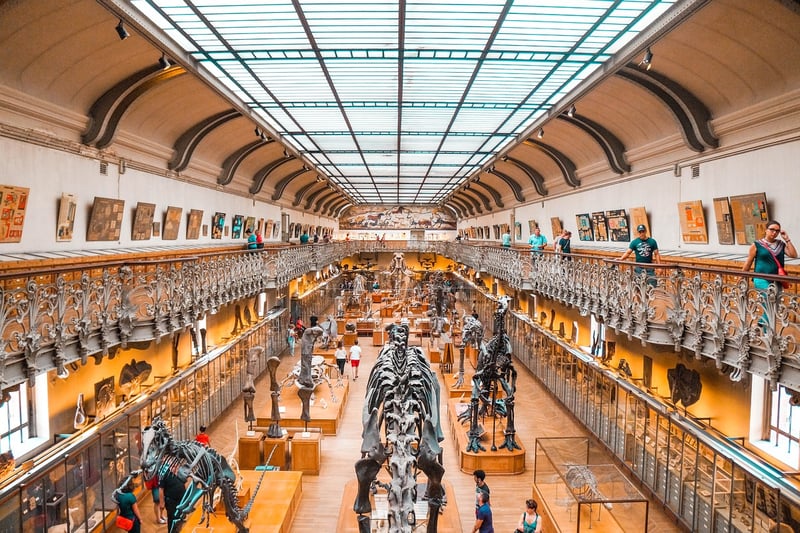Evolution of Cuisine
Exploring Culinary Heritage and the Evolution of Cuisine
Food is not just a means of sustenance; it is a reflection of culture, history, and identity. The culinary heritage of a region tells a story of its people, traditions, and influences over time. Let's delve into the fascinating world of food and explore how cuisine has evolved through the ages.
The Significance of Culinary Heritage
Culinary heritage encompasses the traditional foods, cooking methods, and practices that have been passed down from generation to generation. It is a source of pride for communities and a way to preserve their unique identity. By exploring culinary heritage, we can gain insights into the social, economic, and environmental factors that have shaped a particular cuisine.
Exploring the Evolution of Cuisine
Cuisine is not static; it evolves and adapts to changing tastes, technologies, and influences. Over the centuries, various factors such as trade, migration, colonization, and innovation have contributed to the transformation of culinary traditions. For example, the blending of ingredients from different regions has given rise to fusion cuisine, creating exciting new flavor profiles.
Key Milestones in the Evolution of Cuisine
- Introduction of spices along the Silk Road
- The Columbian Exchange and the global exchange of crops
- The Industrial Revolution and the mass production of food
- The rise of fast food culture in the 20th century
Preserving Culinary Heritage
As culinary traditions continue to evolve, it is essential to preserve the authenticity and cultural significance of traditional foods. Initiatives such as food festivals, culinary museums, and heritage tours play a crucial role in promoting awareness and appreciation for culinary heritage.
Embracing Diversity in Cuisine
Today, with increased globalization and cross-cultural exchange, culinary boundaries are becoming increasingly blurred. People are more open to experimenting with diverse flavors and cooking techniques, leading to a rich tapestry of global cuisine. Embracing this diversity allows us to celebrate the unique flavors and stories behind each dish.
Conclusion
Exploring culinary heritage and the evolution of cuisine offers us a glimpse into the rich tapestry of human history and culture. By understanding the origins of our food traditions and embracing the diversity of global cuisine, we can truly appreciate the artistry and complexity of the culinary world.


Explore more about the fascinating world of food and culinary heritage to deepen your appreciation for the diverse flavors and stories behind each dish!
For more information, visit www.culinaryheritage.com.
